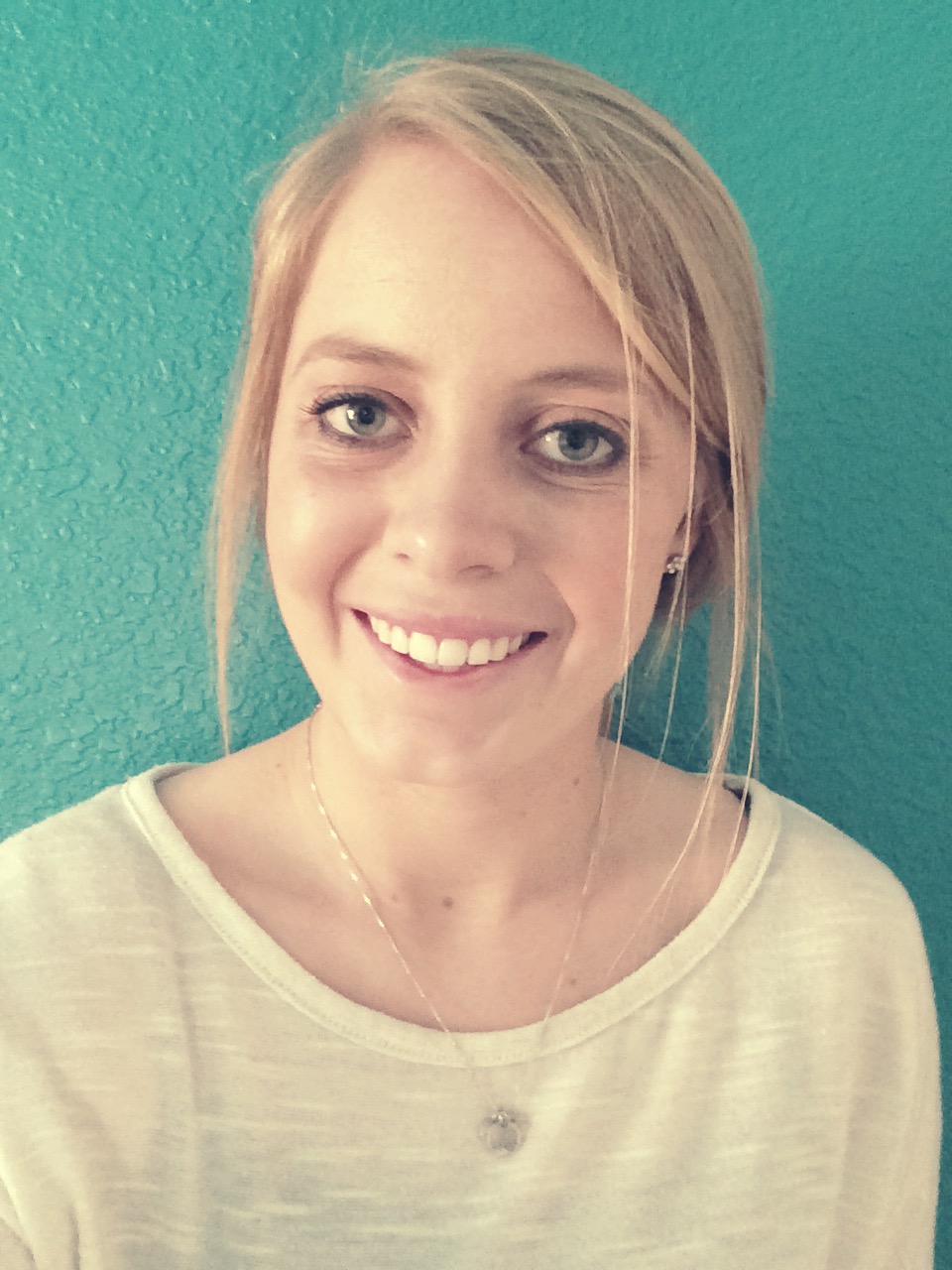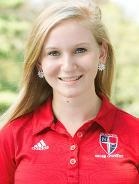Below is a summary of the abstract you submitted. Presenting author(s) is shown in bold.
If any changes need to be made, you can modify the abstract or change the authors.
You can also download a .docx version of this abstract.
If there are any problems, please email Dan at dar78@pitt.edu and he'll take care of them!
This abstract was last modified on April 21, 2015 at 10:47 p.m..

In the last three years, Nyack College Phage Hunters have isolated a total of 45 phages by using Mycobacterium smegmatis mc<sup>2</sup>155 as a host at 37ºC. This year, Biology majors as well as non-majors isolated and characterized 20 phages. All the newly isolated phages were screened for similarity to previously isolated phages by homoimmunity experiments. Five phages heteroimmune to Subcluster A1, A3 and F1 lysogens were sequenced and classified as new members of A2, B1 or K2 subclusters. Fameo and Journey13 are A2 phages with Journey13 at 48,502 bp being the being the smallest A2 phage isolated to date and is most closely related to D29. BatteryCK and ProfessorX are circularly permuted B1 phages. Finally, Findley, a K2 phage, is most similar to Milly, Mufasa and TM4; TM4 is widely used in mycobacterial genetics. Bioinformatic characterization of Findley reveals that it contains no tRNAs, 94 genes, four of which are in the reverse direction, and in this respect, it is identical to its nearest relative Milly which is 98% similar at the amino acid level. Cluster K phages typically contain Start Associated Sequences (SASs), or short repeated sequences just upstream of predicted translation start sites and due to their location, are thought to be involved in translation initiation. Findley contains 16 SASs, 1 more than Milly (15) and five more than TM4 (11). No SASs were found in the intergenic regions missing in TM4. In situ characterization show that similar to other K phages, Findley forms stable lysogens, unlike TM4 which is missing an approximately 5kb segment in the region where genes including the tyrosine integrase and immunity repressor are typically found. Interestingly, experiments revealed that Findley is very sensitive to temperature, with no plaques forming at 42ºC but plaques forming efficiently at 37ºC. Similar findings have been reported in Anaya, a K1 phage which fails to form plaques at temperatures above 33ºC. Ongoing experiments will provide insight on the nature of Findley’s temperature sensitivity and its host range, and SDS-PAGE will be used to analyze its structural genes.


